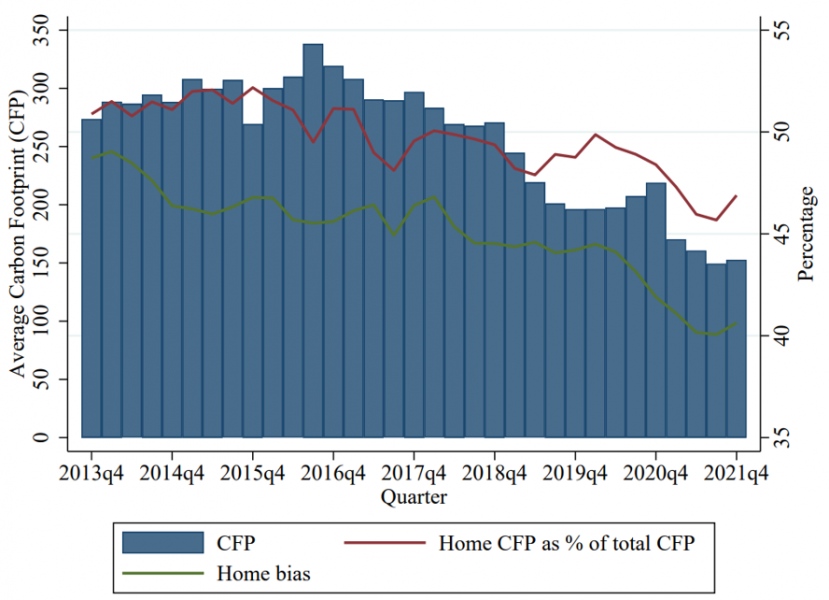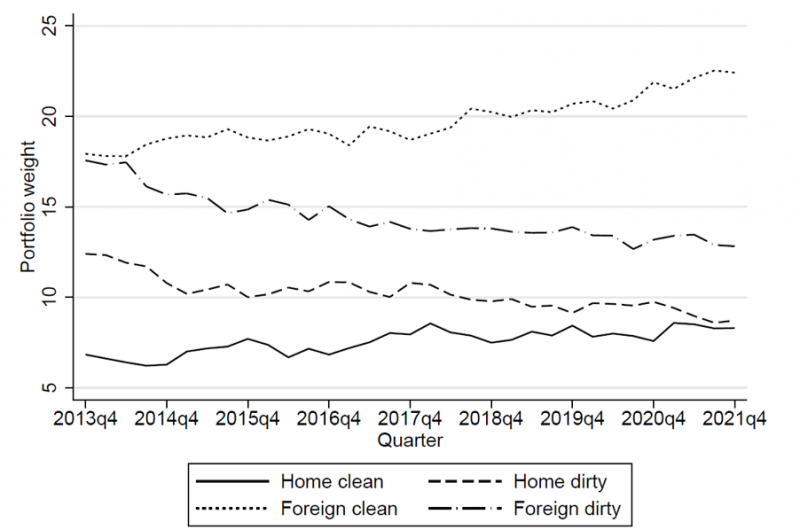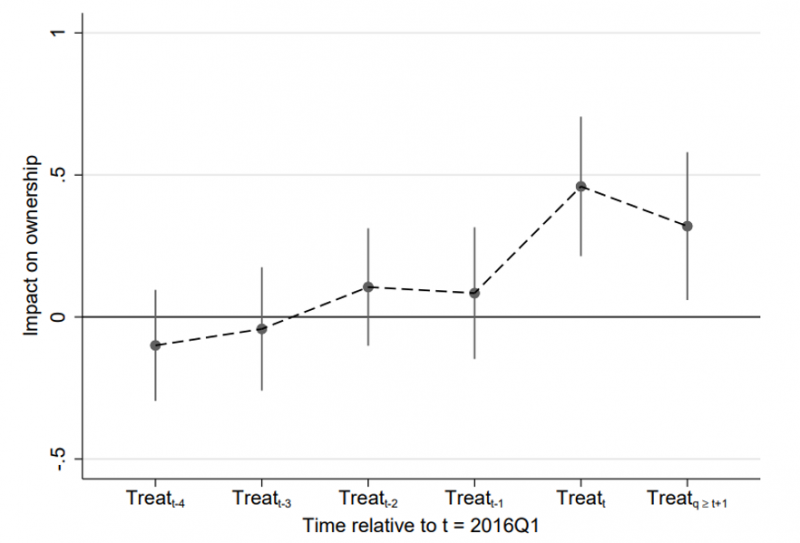References
Berk, J., & van Binsbergen, J. H. (2021). The impact of impact investing. Mimeo.
Boermans, M. A., & Galema, R. (2019). Are pension funds actively decarbonizing their portfolios? Ecological Economics, 161, 50-60.
Boermans and Galema (2023). Carbon home bias of European investors. DNB Working Paper No 786.
Bolton, P., & Kacperczyk, M. (2021). Do investors care about carbon risk?. Journal of Financial Economics, 142(2), 517-549.
Dasgupta, S., Huynh, T., & Xia, Y. (2023). Joining forces: The spillover effects of EPA enforcement actions and the role of socially responsible investors. Review of Financial Studies, Forthcoming.
Dimson, E., Karakaş, O., & Li, X. (2021). Coordinated engagements. Mimeo.
Dyck, A., Lins, K. V., Roth, L., & Wagner, H. F. (2019). Do institutional investors drive corporate social responsibility? International evidence. Journal of Financial Economics, 131(3), 693-714.
Gillan, S. L., Koch, A., & Starks, L. T. (2021). Firms and social responsibility: A review of ESG and CSR research in corporate finance. Journal of Corporate Finance, 66, 101889.
Krueger, P., Sautner, Z., & Starks, L. T. (2020). The importance of climate risks for institutional investors. Review of Financial Studies, 33(3), 1067-1111.
Schumacher, D. (2018). Home bias abroad: Domestic industries and foreign portfolio choice. Review of Financial Studies, 31(5), 1654-1706.
Van Nieuwerburgh, S., & Veldkamp, L. (2009). Information immobility and the home bias puzzle. Journal of Finance, 64(3), 1187-1215.







